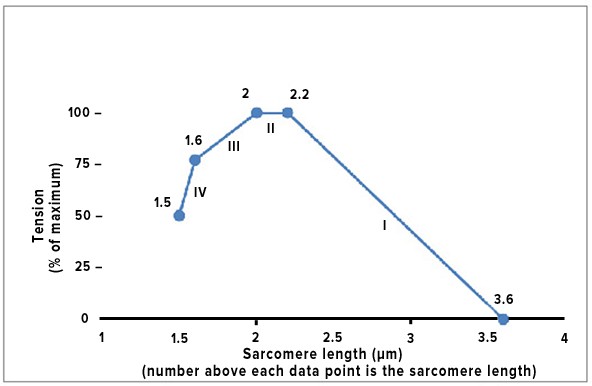The fossil record is a testament to extinct fauna no longer present on Earth. Certain areas of the planet have always had high species diversity (evidence from fossils and catalogs of current species diversity)
What two processes likely contribute to the patterns of animal
diversity we see through time?
A. evolutionary innovation and the
appearance of new land masses over time
B. evolutionary innovation and changes in
atmospheric oxygen
C. evolutionary innovation and extinction
events (both local and global)
D. evolutionary innovation and volcanic
eruptions
C
You might also like to view...
The measurable strength of binding of antibody to antigen is called
A) binding affinity. B) epitope. C) tolerance. D) virulence.
The regulation of water balance, milk release, and uterine contractions during childbirth are mediated by the ____
gland.
a. parathyroid b. pineal c. anterior pituitary d. posterior thyroid e. posterior pituitary
The sliding filament model for muscle contraction can be studied using an isolated skeletal muscle that is fixed at each end, while a machine records the tension that is generated when the muscle is stimulated to contract. In one particular muscle tested, the length of the thick filaments was 1.6 ?m, and the length of the thin filaments that project in from each Z line toward the center of the sarcomere was 1.0 ?m. A summary of the results comparing sarcomere length to the degree of tension produced during contraction is shown below. What most likely explains the difference between segment II and segment III of the graph?
A. There is an increasing overlap of the free ends of the thin filaments in segment III but not in segment II. B. The distance between the Z lines is constant in segment II but rapidly increasing in segment III. C. Fewer myosin cross-bridges are forming in segment II than in segment III. D. The muscle cells used up all the ATP by the end of segment II. E. The length of the thin filaments is decreasing in segment III but not in segment II. F. The length of the thick filaments is decreasing in segment III but not in segment II.
In the steps of the scientific method, what is the process where a scientist writes down tentative explanations or statements about what he/she expects might happen under certain conditions?
a. observations b. hypotheses formation c. theory formation d. experimentation e. conclusions